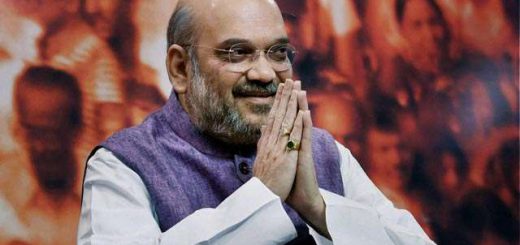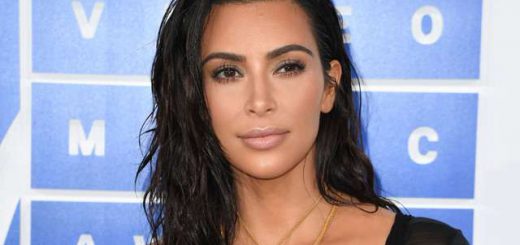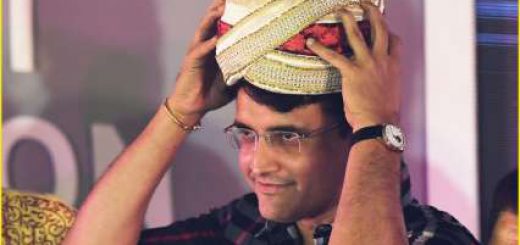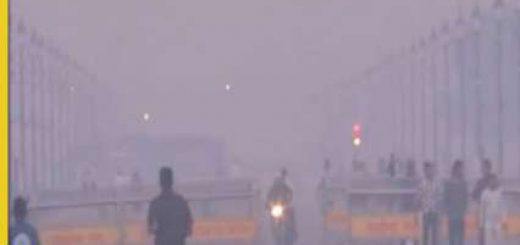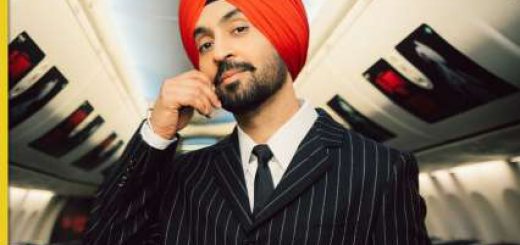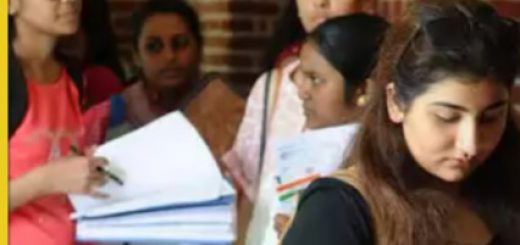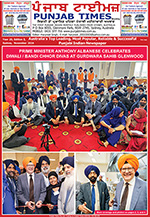Karnataka caste count: CM wants it out after 33 queries
Siddaramaiah with the enumerators, Thursday. (Source: Express photo)
Thirty three out of 55. That was Karnataka Chief Minister Siddaramaiah’s score when enumerators came to his official residence here Thursday morning with a questionnaire as part of the state’s ambitious ‘socio-educational census’, better known as the caste census.
Siddaramaiah struggled to give a round figure for his total annual income (including salary, rent from a commercial complex, and earnings from agriculture). He said he would have to consult his personal secretary. And he chose not to tell the officials his subcaste (it’s optional). All he would say was that he was a Hindu and a Kuruba by caste. Asked if he had obtained the benefit of caste reservation, the CM said “No”.
Related
Launched on April 11 by the Karnataka Backward Classes Commission, the census process will last the month. The government calls it an exercise to achieve social justice.
H Kantharaju, the president of the commission, said it was wrong to see the survey in pure caste terms and that it would help establish the “social, educational, political and economic background of families”. The data would help the government plan programmes to bring the backward classes into the mainstream, Kantharaju added.
The list of 55 includes blanks to be filled against religion, caste, sub-caste, other names of the caste, the original occupation of the caste, the Aadhaar number, the voter ID number, marital status, if married more than once, the age of marriage, education, if dropped out of school then why, and source of family income.
Most of the questions Siddaramaiah answered, on the first day of the survey in Bangalore, dealt with personal details of family members. He gave his educational qualification as BSc, LLB, and said he had got married at the age of about 29 years.
He described his family as a ‘Joint Family’, owning about 73 acres of agricultural land. “I have two houses, one in Bengaluru and another in native Siddaramanahundi. I also have a commercial complex,” he said.
Requested by the CM, enumerator M S Shivakumar agreed not to press on after the first 33 questions on the list. He said he would try get answers to the rest from others in the CM’s family.
Shivakumar, the headmaster of a Bangalore-based school, is one of 1.33 lakh enumerators including nodal officers and supervisors involved in the census across the state. They have been assigned 120 to 150 houses each. Kantharaju says that as per their calculation, there are 6.5 crore people and 1.26 crore houses to cover.
With surveyors also gathering information on the original occupation of microscopic communities, an attempt would be made to revive the same, he said.
The Census of India collected universal caste-wise population data until 1931. Though it continues to count the number of SCs and STs, it doesn’t mention the other castes.
In 2011, the Ministry of Rural Development commenced a Socio Economic and Caste Census with three objectives: to be able to rank households on the basis of their socio-economic status (to draw BPL numbers); to make available “authentic information” for a caste-wise population enumeration of the country; and to gather information on the educational status of castes and sections of the population.
Talking about Karnataka’s survey, Kantharaju said, “The response is very good. We finished 9 per cent of the survey by Thursday.”
Source:: Indian Express

